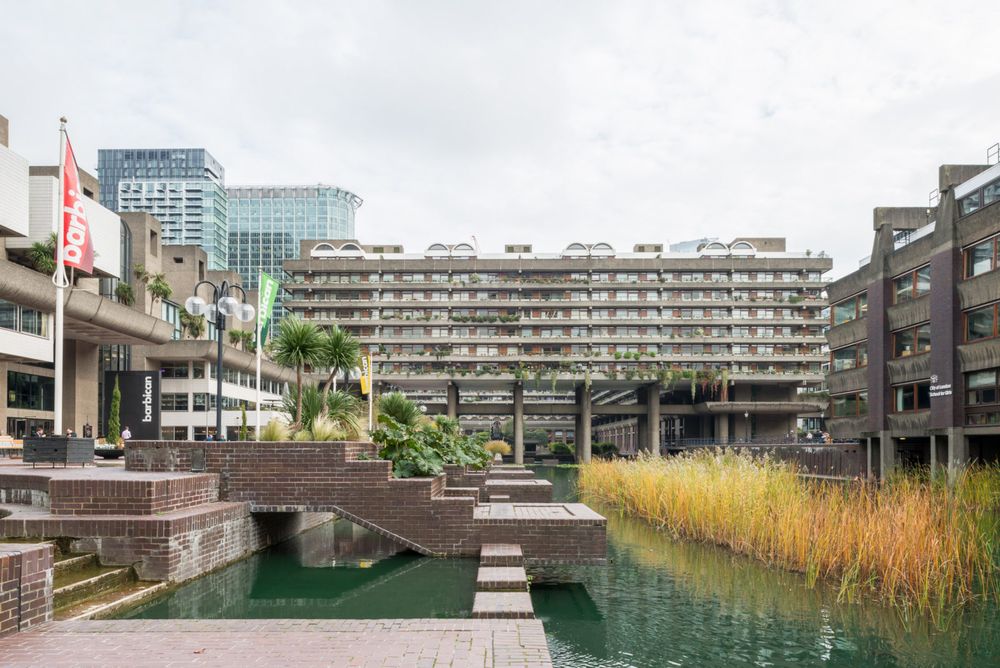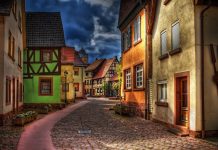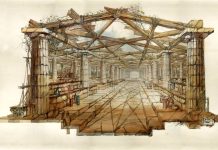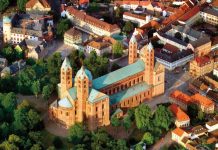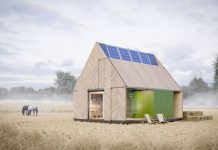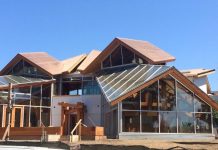In the colossal territorial exposition, construction and design ideas and solutions, engineering and landscape systems and works of monumental and decorative art are presented almost equally. And at the same time, it is certainly an architectural, first of all, an urban planning solution, since all its visual components are subordinated to an active functional-spatial principle.
Of course, the Defance is not the only example of giant environmental formations. But most of the others are distinguished either by a relatively narrow specialization (Olympic or exhibition complexes, airports), or by the fact that they are built on reconstructed territories, or by the duration of formation, since they were built much longer than the Paris miracle. But there are always features in their structure and planning features that are marked in the nature of their leader in one way or another – the multilayered spatial structure and the multilayered content.
The Vienna University campus has grown up in the north of the Austrian capital literally over the access roads and platforms of the Franz Josef Station. Today it is a conglomerate of educational, office and laboratory facilities, stretched for a kilometer, drowning in gardens, forming a multi-level “roof” of the station complex. Quiet courtyards, a lively university canteen, an inner street, resting on one side on the reconstructed building of the heating station, F. Hundertwasser’s masterpiece, on the other – on the station square with its tram and bus bustle. An unexpected architectural “plateau”, literally elevated above urban concerns and even opposed to them.
Another example of a “city above the city” looks quite different – the London Barbican district (so named because fragments of city fortifications built in the III century, organically woven into the fabric of modern development, have been preserved here). This is not an island, but a planned cluster of landscaped terraces and passages over garages, driveways and streets of the “lower city”. The terraces are connected to each other and to the lower levels by bridges, walkways, elevators, escalators, less often by “simple” stairs. And above them – office skyscrapers, ordinary high-rise buildings, a magnificent Museum of the City, shopping pavilions. But all this is not fenced off from the surrounding ordinary quarters, but dissolves into them, forming a continuous flowing environmental space full of very different, but always very “human” sensations. Mostly – cozy-chamber.
